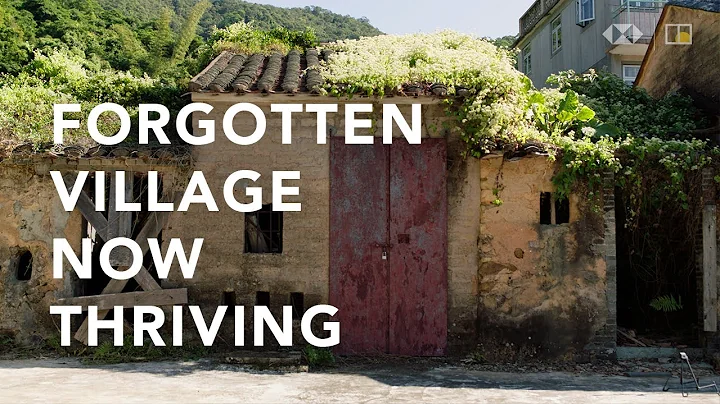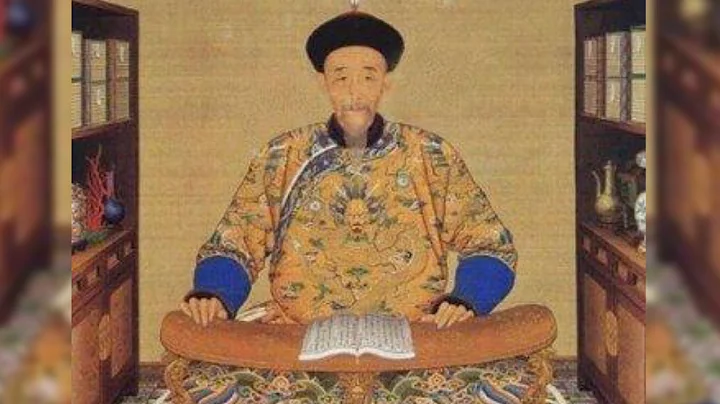
Sanjiatong Village is located in the west of Haiyangsuo, adjacent to Rushankou Bay in the north. The settlements are spread out in blocks on hills and near the sea, and are located in coastal hilly areas. There are 1,266 acres of cultivated land, all of which are hilly land. The mountain area is 164 acres and the tidal flat area is 400 acres. The village has 250 households and 760 people. The main surname is Yu, and the second is Song.

To the west of Sanjiatuan Village is Dazhuang Village, and to the northeast is Haituan Village, located in the middle of the two villages. Overlooking the entire Sanjiatuan Village from the air, the village has a flat terrain and extremely convenient transportation, keeping it at the choke point.

In the Tang Dynasty, people named Shao built a village called Shaojiabu here, but moved away at the end of the Yuan Dynasty. In the second year of Zhengde in the Ming Dynasty (1507), Yu Dai moved here from Xiaohong and settled here, adopting the old name. In the 21st year of Emperor Kangxi's reign in the Qing Dynasty (1682), it was renamed Sanjia Village. In the fifty-fifth year of Qianlong's reign (1790), the Song surname moved from Dazhuang. The name was changed in 1980. The village party branch was formally established in January 1948. During the Revolutionary War, three people died. After the founding of the People's Republic of China, cadres at or above the county league level who worked in various places included Yu Xinsuo and others.

The economy is mainly based on agriculture, with aquaculture as well. There are 3 fishing boats, a marine culture area of 400 acres, and a total annual aquatic product output of 210 tons, including more than 200 tons of shellfish. After the 1980s, 30 acres of new orchards were planted, and village side businesses were established. In 1997, the village's total income was 2.642 million yuan, and the per capita living standard was 2,700 yuan.






















